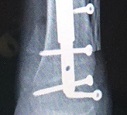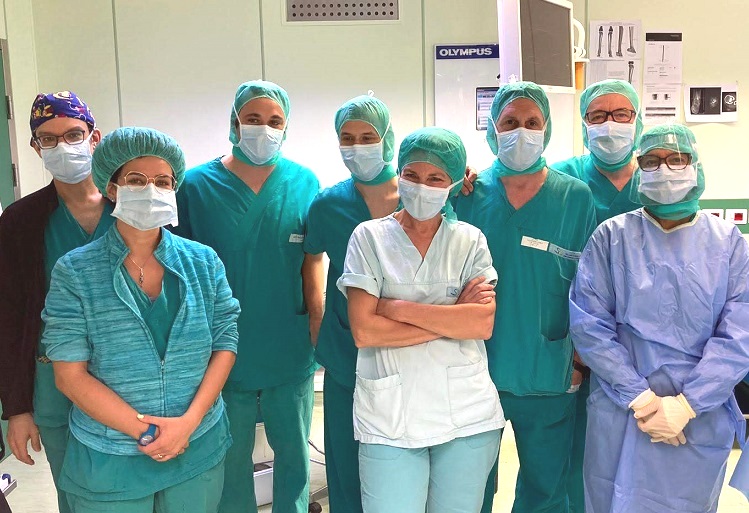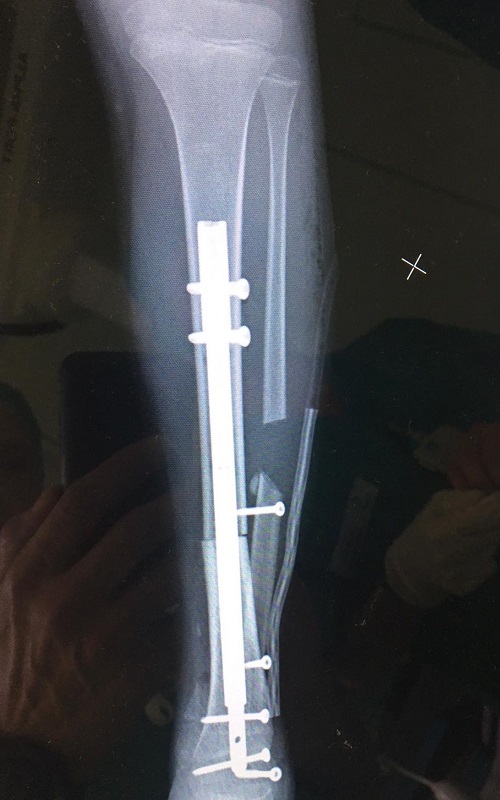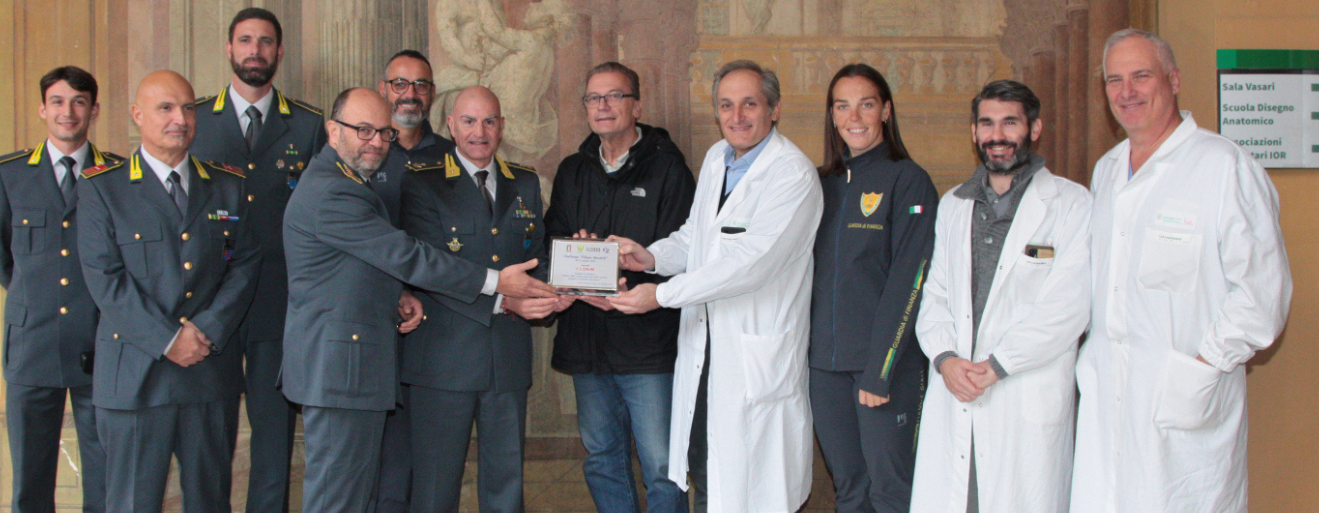
For the first time in the world, the ankle of a 9-year-old girl suffering from a very rare form of bone sarcoma was reconstructed with homoplastic bone and an extensible nail at the Regina Margherita Children's Hospital in Turin, by a team of orthopaedic surgeons from the Città della Salute Hospital in Turin and the Rizzoli Orthopaedic Institute in Bologna. Thanks to the surgery, the little patient will be able to walk again. The surgical procedure was performed by a team of orthopaedic surgeons coordinated by Dr. Raimondo Piana (Oncological and Reconstructive Surgery of the CTO Hospital of Turin) together with Dr. Marco Manfrini and Dr. Laura Campanacci of the Rizzoli Oncological Orthopaedic Clinic directed by Professor Davide Donati.

The child, after the diagnosis, was followed at the pediatric oncohaematology department of the Regina Margherita Hospital directed by Professor Franca Fagioli, where she underwent chemotherapy, and in recent days she underwent tumor removal and ankle salvage surgery with donor homoplastic bone reconstruction and synthesis with an extensible nail. The technique performed represents an absolute novelty, in that the nail inserted to stabilize the implant will also allow the regular growth of the limb in the coming years, allowing the lengthening at the end of skeletal maturation. The surgery was planned in detail by two teams of doctors and engineers in the weeks before the surgery. Despite the COVID-19 pandemic, the treatments related to this type of pathologies have been carried out regularly and without delay, even if by institutions of different regions. The child is now well and has just been discharged.

In the last 30 years we have experienced the extraordinary evolution of new surgical techniques specific to the child skeleton, drastically reducing the number of amputations and managing to apply, in most cases, a conservative-reconstructive approach, aimed at improving functional recovery and ensuring a better quality of life for patients and families. The surgical strategies available today are multiple, including virtual bone resection and reconstruction planning, using expandable prosthetic implants, custom-made prostheses (also with 3D printers), homoplastic bone grafts from Musculoskeletal Tissue Banks and vascularized autoplastic bone transplants, original means of synthesis. Different techniques are frequently used in combination with each other with very satisfactory results, but experience on the long term evolution of the implants used is still lacking. Pediatric bone sarcoma surgery, with original therapeutic strategies and constant innovations from the point of view of surgical technique, devices and materials used, is therefore an area on which to deepen research and encourage the presence of a national network of specialized centers to find the most suitable reconstructive solutions for each individual case.
With this objective, a project of a multicenter archive on pediatric bone cancer surgery was proposed by the Rizzoli, the center following the largest number of cases in Italy, with the approval and support of the AIEOP (Italian Association of Paediatric Hematology and Oncology). Italy has always been at the forefront in this field, but there is a lack of real guidelines, shared at the national level, and knowledge is limited given the rarity of these diseases. A computer archive that can collect on a national basis the data related to the surgical treatment of each patient, with all the information and characteristics of the patient, the diagnosis, the therapeutic process, the follow-up and any relapses, so as to obtain a complete view of the clinical picture and to monitor the evolution of each case over time, is an essential tool to understand, now and in the future, what is the best treatment solution for each new patient.
The CTO and the Mayer Hospital in Florence and the Gaetano Pini Institute in Milan have so far joined the project, together with the Rizzoli in Bologna and the Città della Salute Hospital in Turin.



